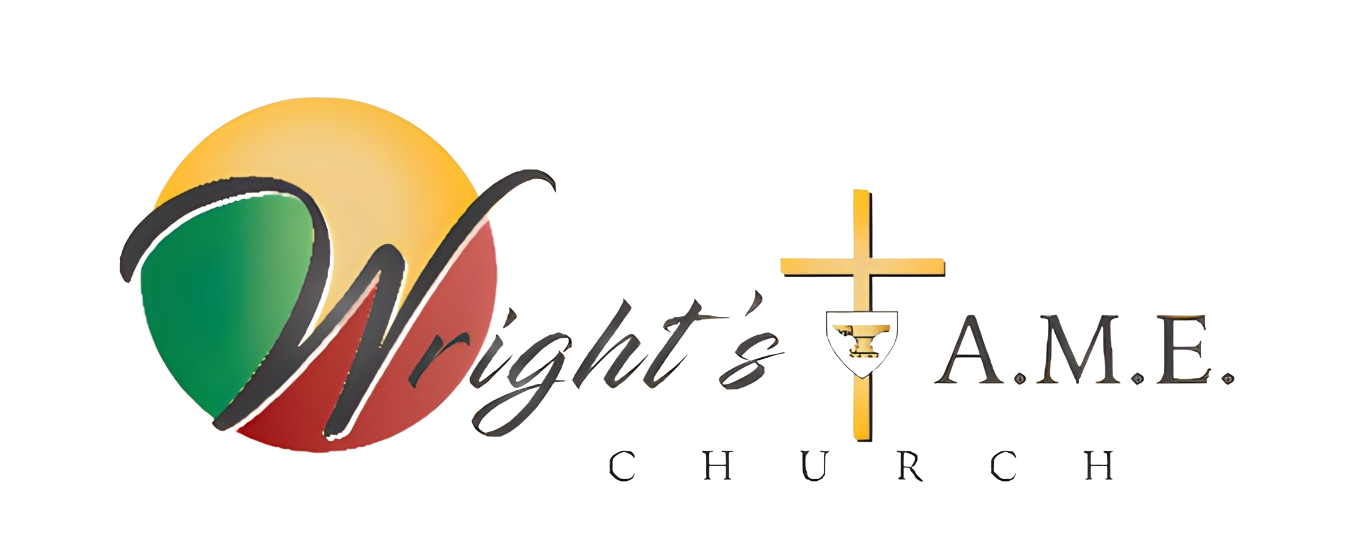The African Methodist Episcopal Church was born in the year of our Lord in 1787 as the oldest Black denomination in the United States. Blacks and Whites worshiped together in the same meeting house as St. George’s M.E. Church in Philadelphia and in Lovely Lane/Strawberry Alley in Baltimore under Robert Strawberry until 1786-1787. Richard Allen led the people from the gallery of St. George’s Church to a blacksmith’s shop where a Free African Society was formed because the Colored congregation was not permitted full and equal participation in the worship services. Richard Allen became the founder and the first Bishop of the A.M.E. Church and for forty-nine years from 1816-1865, the Church quietly organized meeting houses over the Pennsylvania and Delaware lines.
In Cecil County, the first Methodist Society began meeting in Bohemia Manor in 1771 where the Rev. Richard Wright, the first Methodist Missionary, proclaimed the gospel twenty-five years after the Methodist influence of Rev. George Whitefield. herefore, if any man be in Christ, he is a new creature; old things have passed away: behold all things have become new”. He believes that no matter what a person’s moral and/or character defects are:past, present, or future, they can have a new beginning in Christ Jesus.
In Elkton, as far back as 1740 when Rev. George Whitefield visited “Head of Elk” and in 1787 when Francis Asbury preached to a large congregation, the M.E. Church is the oldest religious organization. The Society was formed in the home of Richard Updegrove in 1799 after a sure foundation was laid by Minister William P. Chandler. By the year of 1806, one-fourth of the membership of forty was black. In 1849, the black members withdrew from the pioneer church and formed a free Methodist Society. They met in a house on a hill overlooking Waters Street. When the building was no longer available, a small two-frame chapel was built on Collins Street. This building later served as a Colored Public school. By 1869, this group had convened for their fourth Annual Conference as the African Union (First) Methodist Protestant Church. By the year 1877, a Tabernacle had been built under Rev. John H. Collett, who was instrumental in erecting Wright’s A.M.E. Church.
Having purchased the parcel of land from Charles M. and Mary E. Ellis for four-hundred dollars, the new Church was dedicated on August 8, 1880 according to historian E.A. Howard, Rev. James A. Handy and Bishop Alexander W. Wayman and Bishop Alexander W. Wayman, who directed the dedicatory services.
A ceremony rendering the laying of a cornerstone was conducted by Bishop Alexander W. Wayman on September 25, 1880. The Rev. John H. Collett gave witty remarks encouraging liberal contributions which were dropped in a tin box and placed in the stone. A total of $20 was raised by the white brethren to aid in the cost of the new church of the colored brethren.
Wright’s A.M.E. Church was incorporated on March 27, 1882; recorded April 26, 1882; and delivered to Trustee Charles H. Bowser on March 14, 1883 according to a Land Record Book of Cecil County, Maryland. After some excavation difficulties, a kitchen and dining/meeting facility was constructed in 1927. The addition of a kitchen and dining hall increased the physical structure in 1953. The dining hall was demolished in 1997 to pave the way for a much larger and modern-equipped facility. Although many interior changes have occurred, the physical structure of the Church is basically unchanged. The pipe organ, an ageless instrument, is the one relic that remains intact in the course of the Church’s history.
Of particular significance was the use of the church for the Colored School’s devotional Services and graduation ceremonies.


